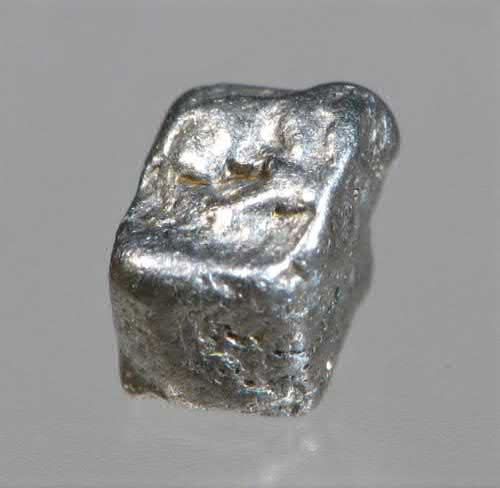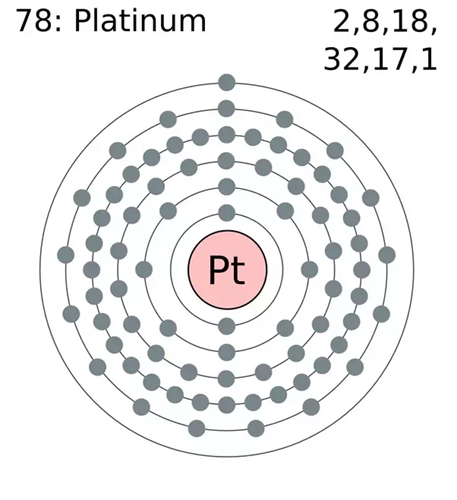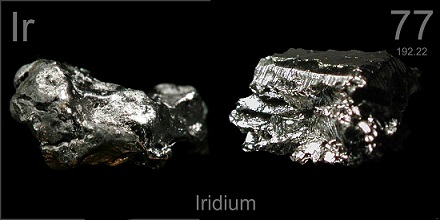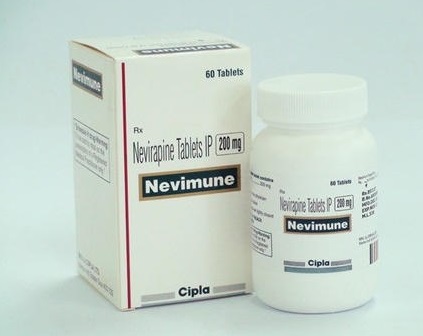What’s So Special About Platinum?
If phrases like "platinum status" and "going platinum" are to be believed, the precious metal is the best and baddest in all the land. But how elite is it actually, particularly when compared with its best frenemy, gold?
Platinum Vs. Gold
Platinum is a naturally occurring chemical element that is actually about 30 times rarer than gold, according to Jenny Luker, president of Platinum Guild International USA (PGI), a marketing organization for the platinum jewelry industry. "If all the platinum ever mined were melted and poured into an Olympic-sized pool, the platinum would barely reach your ankles. Gold, however, would fill three pools," she explains via email.
In fact, it's the least common of all the popular precious metals. In appearance, platinum is silvery-white and shiny. Because it looks so similar to white gold, the distinction can be confusing to the untrained eye. "White gold is actually yellow gold that was mixed with other metals and then plated with rhodium to appear more white — a white mask that will unveil a yellow tinge over time," Luker says. "Platinum, on the other hand, will maintain its naturally white color."
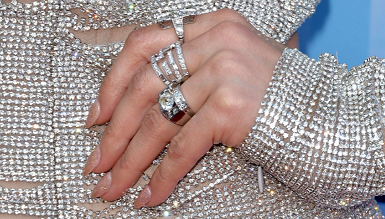
That's not to say that it won't change at all, however. "If you look closely at a piece of well-loved platinum jewelry, you'll notice a satiny finish on the surface that developed over time. This change in texture is known as 'patina,'" Luker explains. Many platinum aficionados actually desire this change in appearance.
Platinum is also more durable than gold, which is one of the reasons it is often the metal of choice for engagement rings, (gold prongs are more likely to break than their platinum counterparts.) Unfortunately, all of these attributes have given platinum a traditionally heftier price tag than gold, although Luker notes that the current price difference is minimal.
"Right now, the price per ounce of platinum is actually lower than gold. However, because platinum jewelry is more pure (typically 95 percent platinum versus 58.5 percent gold in 14 kt. gold jewelry) and more dense than gold, it will still cost a bit more than a similar gold ring," she notes. (On July 9, 2019, the price of platinum was $816.60 per ounce. Gold was $1,397.68 per ounce.)
How Platinum Is Mined
Platinum is mined mainly in South Africa, but also found in Russia and Zimbabwe. The metal is formed when minerals are eroded from their original spot and then carried by water somewhere else (this is called stream bed mining or alluvial mining). Workers sift through the sand or mud looking for gold, diamonds or platinum. Nowadays, platinum is more likely to be mined as ore from deep underground. Workers blast rock into small pieces and transport it to the surface for further processing. Platinum also may be found as a byproduct of processing other metals like nickel and copper. Most platinum is derived from a mineral called cooperite, also known as platinum sulfide. Platinum is even found in outer space. "Platinum has also been discovered in heavy concentrations in meteorites — first reported in F. G. Hawley's research papers, published in 1939," Luker says.
Uses for Platinum
Although platinum's strength and beauty have made it a jewelry favorite since the ancient Egyptians and Mayans, jewelry-making is hardly its only useful application. About half of platinum's demand is actually for use in catalytic converters for transportation vehicles like buses, cars and trucks, in large part because it's adept at converting harmful engine emissions into less damaging waste. Platinum is also used as a catalyst to make chemicals like silicone, nitric acid and benzene. In fact, the six platinum group metals (iridium, palladium, platinum, rhodium, ruthenium and osmium) are all known for their impressive catalytic skills (meaning these metals increase the rate of chemical reaction between substances without changing their physical properties.)
In the healthcare field, platinum compounds are a component of some chemotherapy drugs, and are also used in pacemakers and even dental fillings. The electronics industry has various applications for platinum, too — for instance, computer hard disks. From a defense standpoint, platinum has been long valued for its strength, which goes far beyond simple scratch resistance. The metal holds up well under high temperatures, boasts stable electrical properties and is highly resistant to chemical attacks. For example, coating jet engine blades with platinum-based products protects them where temperatures can reach 2,000 degrees C (3,632 degrees F).
"Platinum was an important strategic defense metal used during World War II and was not allowed for jewelry application at that time," Luker says. Even today, platinum is so important to economic and defense efforts that it was listed as one of the 35 minerals "deemed critical to U.S. national security and the economy."
With a resume like that, it appears that platinum's reputation and price tag are well-deserved, indeed.
You may like
Related articles And Qustion
See also
Lastest Price from Platinum manufacturers

US $10.00/KG2025-04-21
- CAS:
- 7440-06-4
- Min. Order:
- 100KG
- Purity:
- 99%
- Supply Ability:
- 100 mt
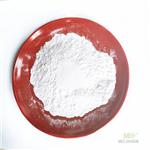
US $0.00/KG2025-03-21
- CAS:
- 7440-06-4
- Min. Order:
- 1KG
- Purity:
- 99%
- Supply Ability:
- 50000KG/month

